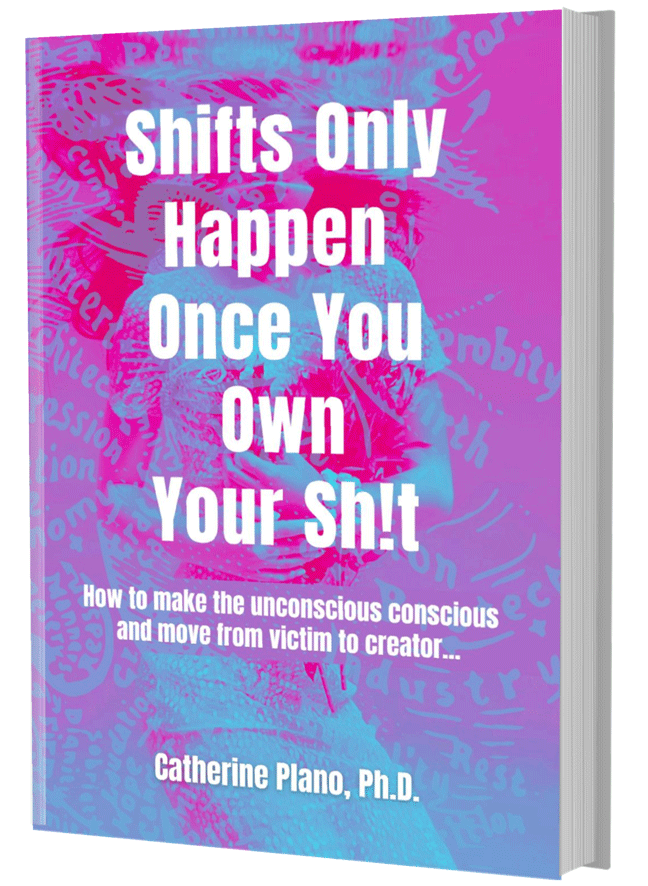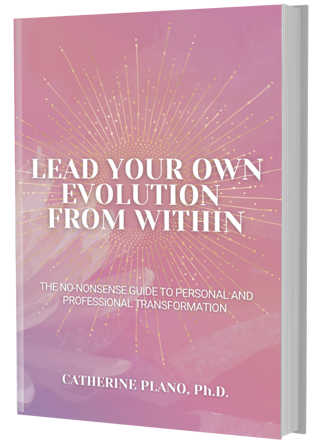“Logic will get you from a to z … imagination will get you everywhere.”
… Not just famous words by Albert Einstein, but a clever tactic used all the time, by the world’s greatest novelists, movie-makers, world leaders, orators, and advertising execs and marketing gurus too.
Now, with the help of new discoveries in neuroscience, you can not only make a compelling proposition, you can learn how to speak directly to the part of the brain that will help you to connect with a person’s emotion because storytelling, when connected to emotion, is one of the most powerful human motivators.
For years advertising executives have relied upon inducing fear as their greatest weapon, in three simple ways:
- By identify a problem customers don’t know they have
- Creating angst around the problem
- Selling the solution
Understanding Neuro-marketing
But now, advertisement and marketing can go substantially further in resonating with customers by taking advantage of what we now understand with modern neuroscience, social psychology and behavioural economics, which are all components of Neuro-marketing. Neuro-marketing helps us create an advertising message that resonates with our customer’s brain through a deep understanding of how the brain prefers to process information.
Society has used fables; myths and narratives from the beginning of time to connect communities and create movements, from cave drawings to campfire tales. Even in a digital age, stories continue to be committed to memory and passed on from generation to generation.
Making the message stick
Storytelling is an essential component of marketing for your brand. Stories affect us at an incredibly deep intellectual and emotional level, and neuroscience is just beginning to understand how it all works. Scientists have discovered that fictional stories affected the same region of the brain that reacts when you are engaged in a real-life event.
Stories create a bonding empathy that causes you to strongly identify with the characters, as if you were actually a character. Stories have such an impact because your brain actually gets a little mixed up as to what is real and what is not real.
But, how do we make it stick? By getting to the heart of the matter … creating an emotional hook that reaches into your audience’s unconscious mind, forming deep connection so that the information will be better remembered.
Feelings are what you must aim for to have an impact or affect on your successful marketing. Mind you this is not the only way your customers make decisions, there is the rational mind, the prefrontal cortex that looks into the facts, data, numbers and statistic, however, the stronger part of the mind that elicits the stronger pull towards a decision, is marketing to the emotional part of the brain, the limbic that speaks the language of pictures, stories and any form of emotional response.
Engage The Limbic
This is why Storytelling with Neuro-marketing is a simple and effective process to use. By using visuals to help tell your brand story, you will help your customers immerse in the story, which will trigger an emotive response
We know this much about our brain.
- It can’t easily remember a large amount of data with no context
- It can only hold about seven pieces of information for less than 30 seconds at a time
- It can hold attention for 10 minutes at a time before it tunes out
- It requires to be told the same message over and over, repeatedly so that it remembers, and then can analyse the information to store it into memory
Did you know that 95% of decisions are made by the unconscious mind? So how do we tap into the unconscious mind to understand your customer’s behaviour, attitudes and what drives their motivation?
We know this much about our unconscious mind.
- It is driven by basic primitive instincts for survival
- It is fundamentally tied to emotion
- It is visually orientated, speaks the language of pictures and symbols
- It is driven by senses
- It is influenced by beginnings and endings
This is how we grab attention and make it memorable for our customers to engage emotionally and most importantly, drive purchase and referral intent
Everyone remembers a good story, whether it is a good book, a movie or a personal story. In fact, personal stories and gossip make up to 65% of our conversations. Imagine the incredible result you can achieve by working with our biology to deliver a brand story that connect or engages with customers by directly connecting with your customer’s brain.
Influence As Many Senses As Possible
The stronger the sensory experience the greater the overall impact. If you engage your customer with a sense of sight, a sense of hearing and even a sense of smell, yes smell… you’ll be more successful.
It’s not a well-known fact, but the human sense of smell is the only sense that is directly hardwired to our brain. Individual scents can trigger such strong feelings and memories because smell is connected with the part of our brain that handles emotions. Our sense of smell is a strong mood shifter. It can definitely impact our decision making process.
Neuroscience studies have shown that people can recall smell with 65% accuracy after a year, while the visual recall of photos sinks about 50% after only three months. I know what you are thinking, how can I utilise the sense of smell into my business right?
And… on a final note. Repeat. Repetition works. Express the most important information at the beginning and repeat it at the end. Remember you have 30 seconds to drive action and engage with the emotional reptilian brain, and it is possible to do this, so long as your story is powerful enough to engage emotion.





